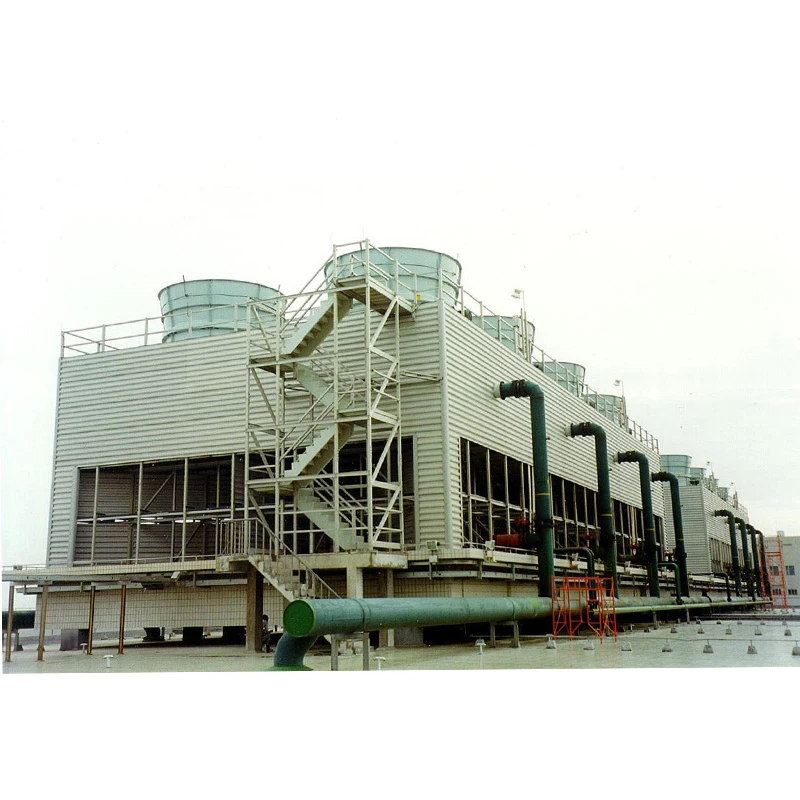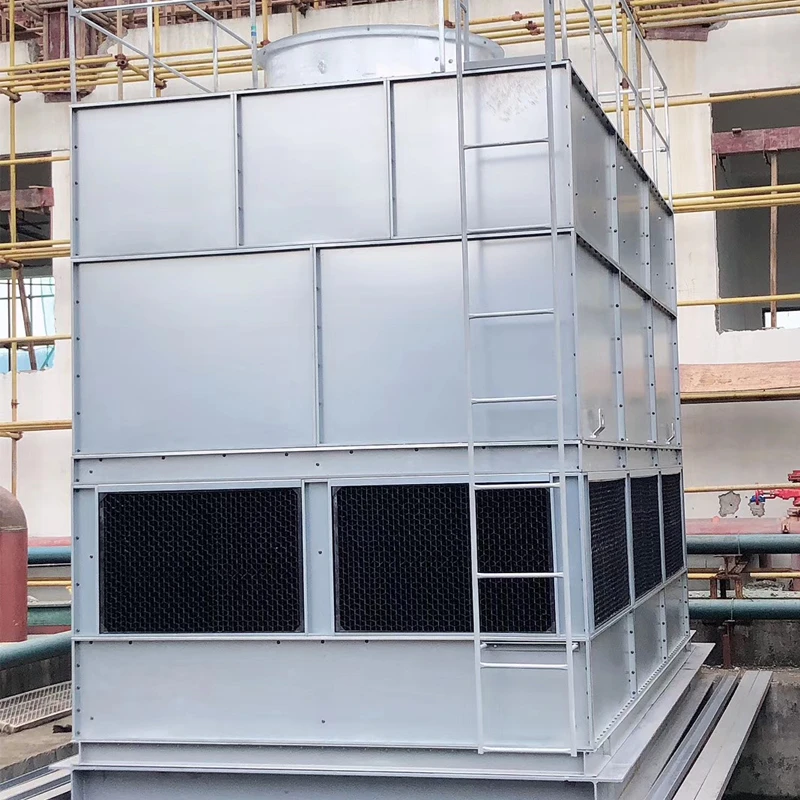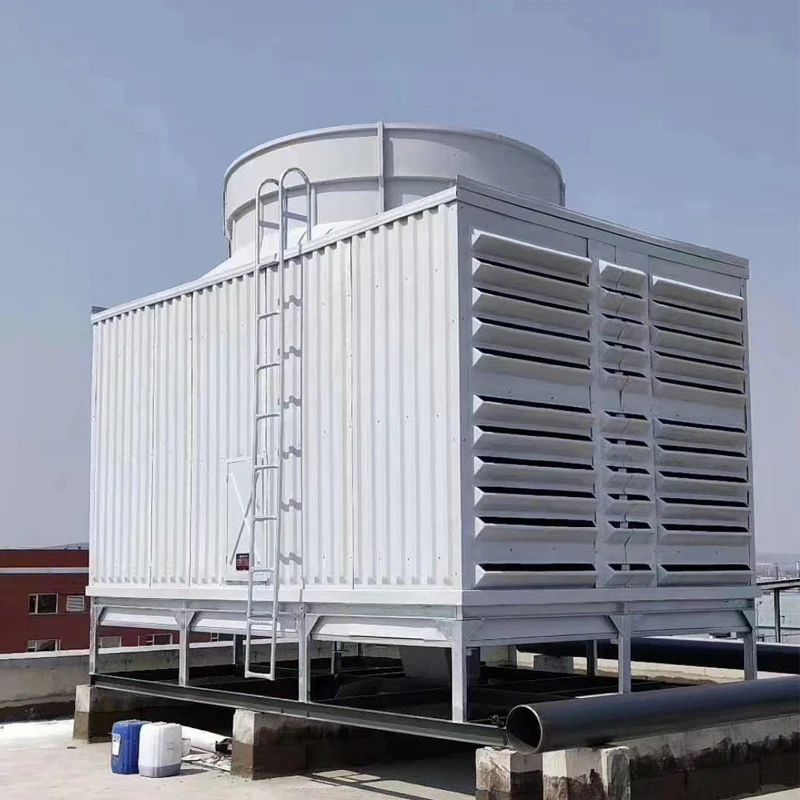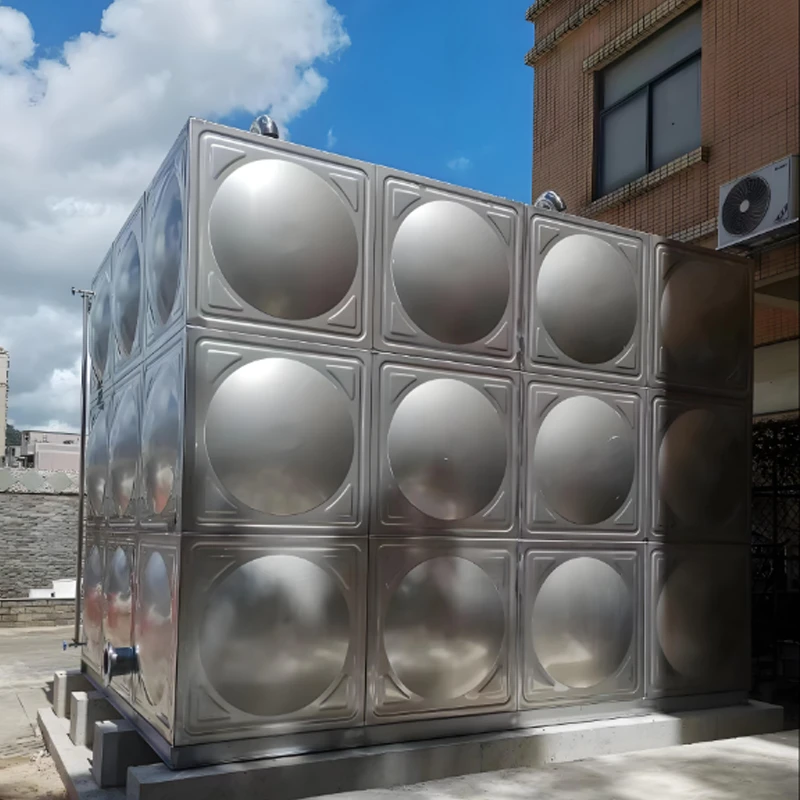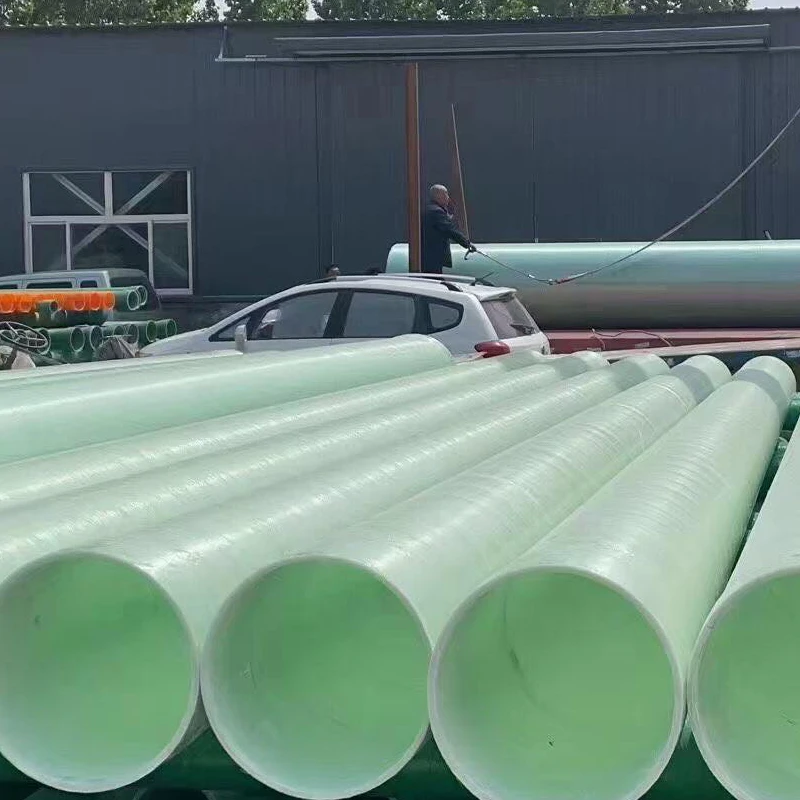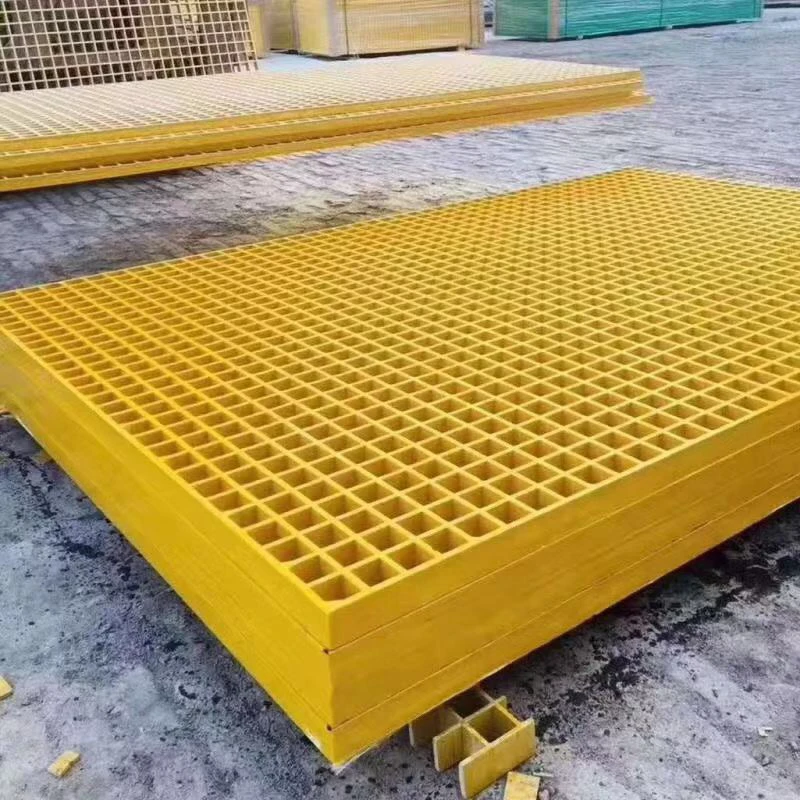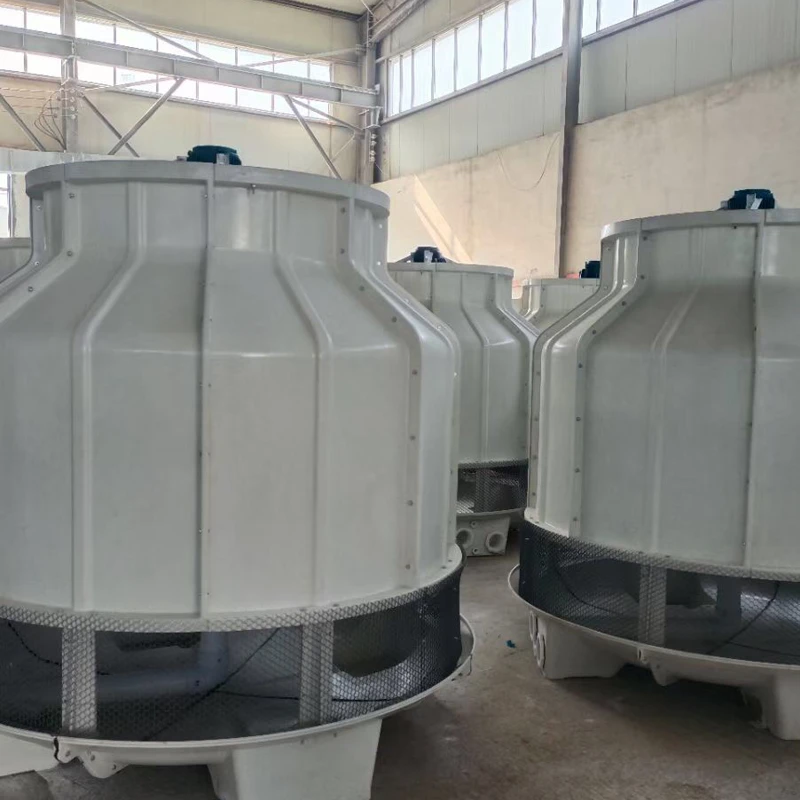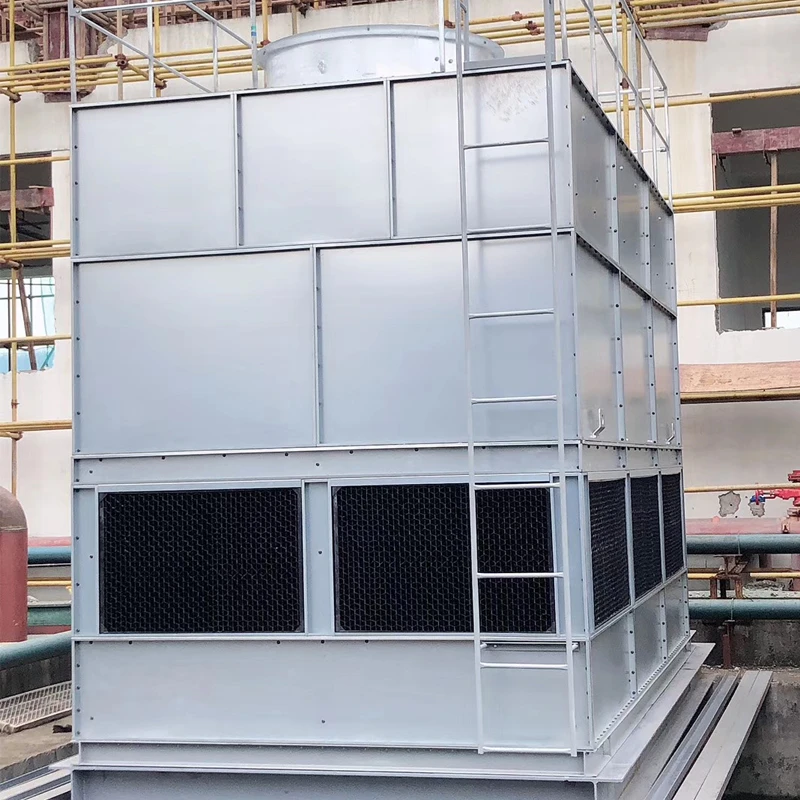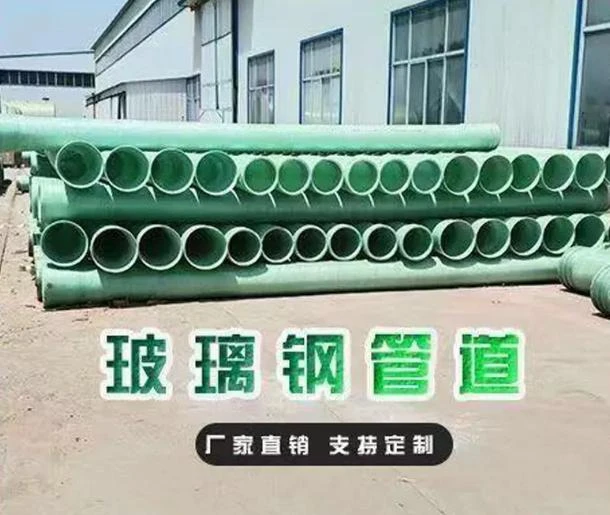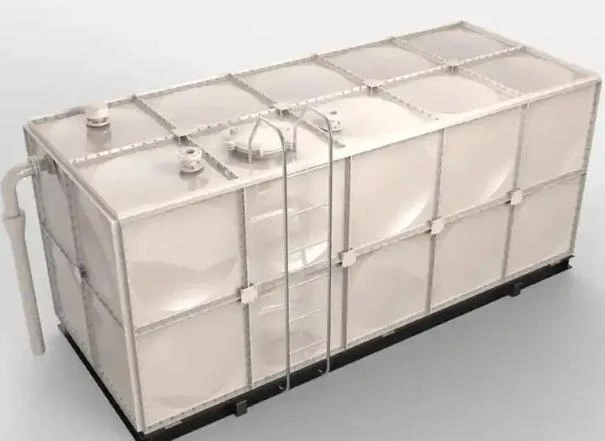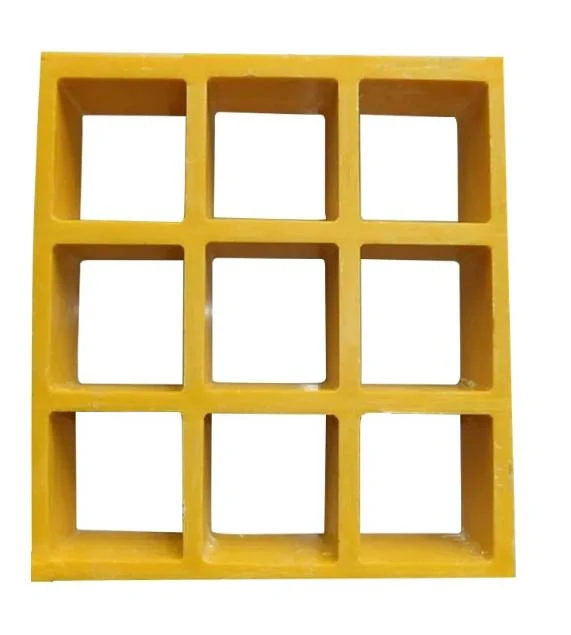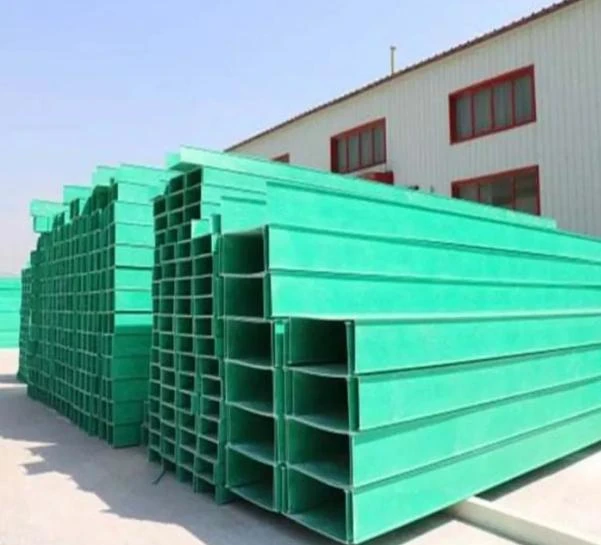

We Are Open 24 Hours a Day, 7 Days a Week, Including Weekends and Public Holidays.
In modern industrial production and building environment regulation, the Draught Fan, as a key equipment for achieving air flow and heat exchange, directly affects the operational efficiency and stability of the system. Whether it is promoting air circulation, eliminating harmful gases, or assisting in heat dissipation, Draught Fan has become an indispensable power device in many fields with its powerful airflow driving ability. Its technological development has always been closely linked to the industry's demand for energy conservation and efficiency.
The core structure of Draught Fan revolves around the design of "energy conversion", mainly consisting of impellers, casings, drive devices, and control systems
As the core component, the impeller converts mechanical energy into gas kinetic energy through high-speed rotation. Its blade shape is divided into centrifugal and axial flow types according to application scenarios - centrifugal impellers are suitable for high-pressure and low flow scenarios, while axial flow impellers are good at low-pressure and high flow ventilation; The casing adopts a streamlined design to reduce airflow resistance while guiding gas flow; The driving device is mostly an electric motor, and some large induced draught fan are equipped with variable frequency speed control systems, which can adjust the speed according to actual needs. This structural design ensures that the Draught Fan can efficiently output airflow power under different operating conditions.
The key indicators for measuring the performance of Draught Fan are reflected in three aspects
Firstly, aerodynamic efficiency, the energy conversion rate of high-quality fan draught can reach over 85%, effectively reducing energy consumption; Secondly, there is the adaptability between wind pressure and air volume, which can accurately match output parameters based on pipeline resistance and spatial size. For example, exhaust Draught Fans in industrial workshops need to have high wind pressure to overcome long-distance pipeline resistance, while building ventilation Draught Fans focus more on uniform air supply; In addition, operational stability is crucial, as dynamic balancing technology reduces vibration and noise, ensuring reliability during long-term continuous operation while reducing maintenance costs.
In practical applications, the presence of Draught Fan is spread across multiple fields
In industrial production, forced draught fan provide combustion air for boilers and eliminate corrosive gases for electroplating workshops, ensuring production safety and environmental quality; In the field of architecture, the Draught Fan of the central air conditioning system is responsible for the circulation of cold and hot air, while the axial flow Draught Fan of the subway tunnel quickly exhausts smoke in emergency situations; In the agricultural and environmental protection industries, Draught Fan can be used for greenhouse ventilation, aeration and oxygenation in wastewater treatment plants, optimizing production and treatment efficiency through airflow regulation. Different scenarios have different requirements for Draught Fan, but efficiency and durability are always the common standards.
With the advancement of the green development concept, Draught Fan technology is upgrading towards intelligence and energy efficiency
The popularization of frequency conversion technology enables draught proof extractor fan to dynamically adjust power according to real-time needs, saving more than 30% energy compared to traditional fixed speed draft fans; The application of new materials, such as high-strength alloys and composite materials, reduces the weight of impellers and improves corrosion resistance; The integration of intelligent sensing systems enables real-time monitoring of parameters such as wind pressure and temperature, combined with IoT technology for remote control and fault warning, greatly improving operation and maintenance efficiency.
In summary, Draught Fan, as the core device for achieving air flow, plays an irreplaceable role in industrial production and people's livelihood security due to its deep integration of technical performance and application scenarios. From basic ventilation to complex system heat dissipation, Draught Fan always supports the stable operation of various facilities with efficient energy conversion capabilities. In the future, with the further integration of energy-saving technology and intelligent control, Draught Fan will achieve greater breakthroughs in reducing energy consumption and improving reliability, becoming an important driving force for green development and industrial upgrading.
Draught Fan FAQs
What is a draft fan?
A draft fan is a device used to generate airflow or ventilation, typically applied in industrial, commercial, or household environments. It drives air flow by rotating blades, helping to regulate temperature, eliminate smoke, or improve air quality. According to different designs and uses, it can be divided into various types such as axial flow Draught Fan, centrifugal Draught Fan, etc.
What are the main uses of draft fans?
The main uses of drainage fans include industrial plant ventilation, kitchen smoke exhaust, warehouse ventilation, greenhouse air circulation, and moisture prevention in home bathrooms or basements. In industrial production, it is also commonly used to cool equipment or eliminate harmful gases to ensure a safe and comfortable working environment.
How to choose the appropriate draft fan?
When choosing a draft fan, consideration should be given to air volume requirements, static pressure values, noise levels, energy efficiency, and installation environment. For example, large spaces require high draft fans, while narrow pipelines require high static pressure models. In addition, corrosion-resistant materials are suitable for humid or chemical environments, and low-noise designs are more suitable for residential or office spaces.
What should be noted for maintaining draft fans?
Regularly clean the dust accumulation on the blades and casing, check the lubrication condition of the motor, and ensure smooth operation of the bearings. Draught Fans that have not been used for a long time need to be powered on for testing to prevent component aging. If abnormal vibration or noise is found, the machine should be stopped immediately for troubleshooting to avoid damaging the internal structure. The protective net also needs to be kept clean to prevent blockage from affecting the wind speed.
What is the difference between a draft fan and a regular electric fan?
Draught fans are designed for high-intensity ventilation, with much higher wind pressure and volume than ordinary electric fans, and are usually fixedly installed on walls or pipes. Ordinary electric fans are only used for local air supply, while draft fans can achieve directional airflow or full space ventilation. In addition, the motors and materials of industrial grade draft fans are more durable and suitable for long-term continuous operation.





Address
20 Xingyuan South Street, Zaoqiang County, Hengshui City, Hebei Province, China










